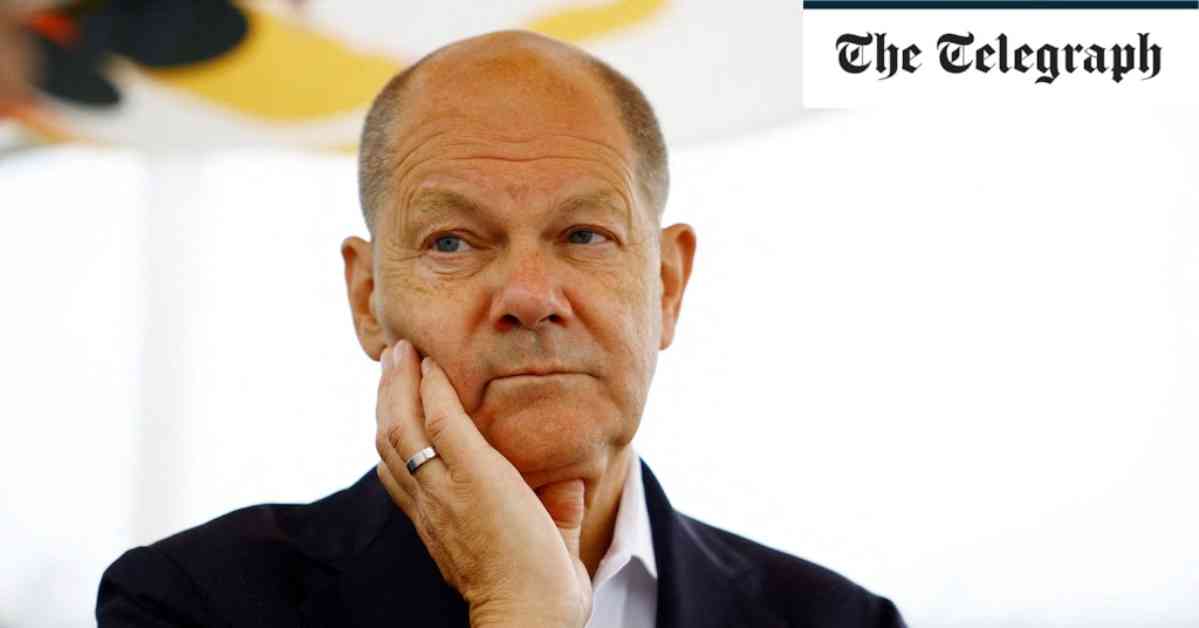Germany’s Manufacturing Crisis: A Real Mess
The economic challenges facing Germany have worsened with the release of new data indicating a second consecutive month of contraction. S&P Global’s composite PMI revealed a reading of 48.5 for Germany in August, down from 49.1 the previous month and falling below economists’ expectations. This downturn has been primarily driven by an ongoing crisis in Germany’s dominant manufacturing sector, which has been experiencing contraction for over two years now.
The troubles in the manufacturing sector have now begun to spill over into the services sector, which had previously been holding steady. Additionally, employment in Europe’s largest economy has seen a significant decrease at the fastest rate in four years, as firms express less optimism towards growth prospects in the coming year. Dr. Cyrus de la Rubia, chief economist at Hamburg Commercial Bank, described the numbers as a “real mess.”
According to Dr. de la Rubia, the recession in Germany’s manufacturing sector deepened in August with no signs of recovery in sight. New orders took a sharper dive than the previous month, largely due to a significant drop in foreign demand, indicating further challenges ahead. As a result, companies are intensifying staff cuts and reducing inventories of inputs even more aggressively than before.
The struggles in manufacturing are beginning to impact the otherwise stable services sector as well. For the third consecutive month, services activity growth has slowed down. New business is barely growing, and backlogs have decreased once again. The export side of services, including tourism, is also facing challenges, shrinking at an even faster rate than in July.
Despite hopes for a second-half recovery fueled by lower inflation and higher wages, the uncertainty surrounding economic policy has dampened consumer spending. Additionally, the global manufacturing upswing, from which Germany typically benefits, has faltered before German companies could experience the boost. The likelihood of a second consecutive quarter of negative growth has increased, potentially leading to discussions of a recession in Germany.
After a prolonged slump that began in mid-2022, the optimism among manufacturers seen earlier this year is fading rapidly. Expectations for future output have been below the long-term average for two consecutive months, mirroring the continuous decline in outstanding orders, which have been shrinking for 27 consecutive months. While anticipated interest rate cuts by the ECB might offer some relief, the overall sentiment remains bleak.
The economic woes in Germany contrast with the positive growth experienced in France, which saw its fastest growth in two years as visitors flocked to Paris for the Olympic Games. S&P Global’s composite PMI for France surged to 55 in August from 50.1 in July, exceeding forecasts. However, the boost from the Olympics may be short-lived, with a broader slowdown predicted across Europe towards the end of the year.
In conclusion, Germany’s manufacturing crisis is a significant challenge that is impacting not only the country’s economy but also its services sector and overall outlook. The ongoing struggles in manufacturing, coupled with a decline in foreign demand and employment, paint a concerning picture for the future. As Germany navigates these economic challenges, it will be crucial for policymakers and industry leaders to work towards sustainable solutions to address the root causes of the crisis and pave the way for recovery and growth.












